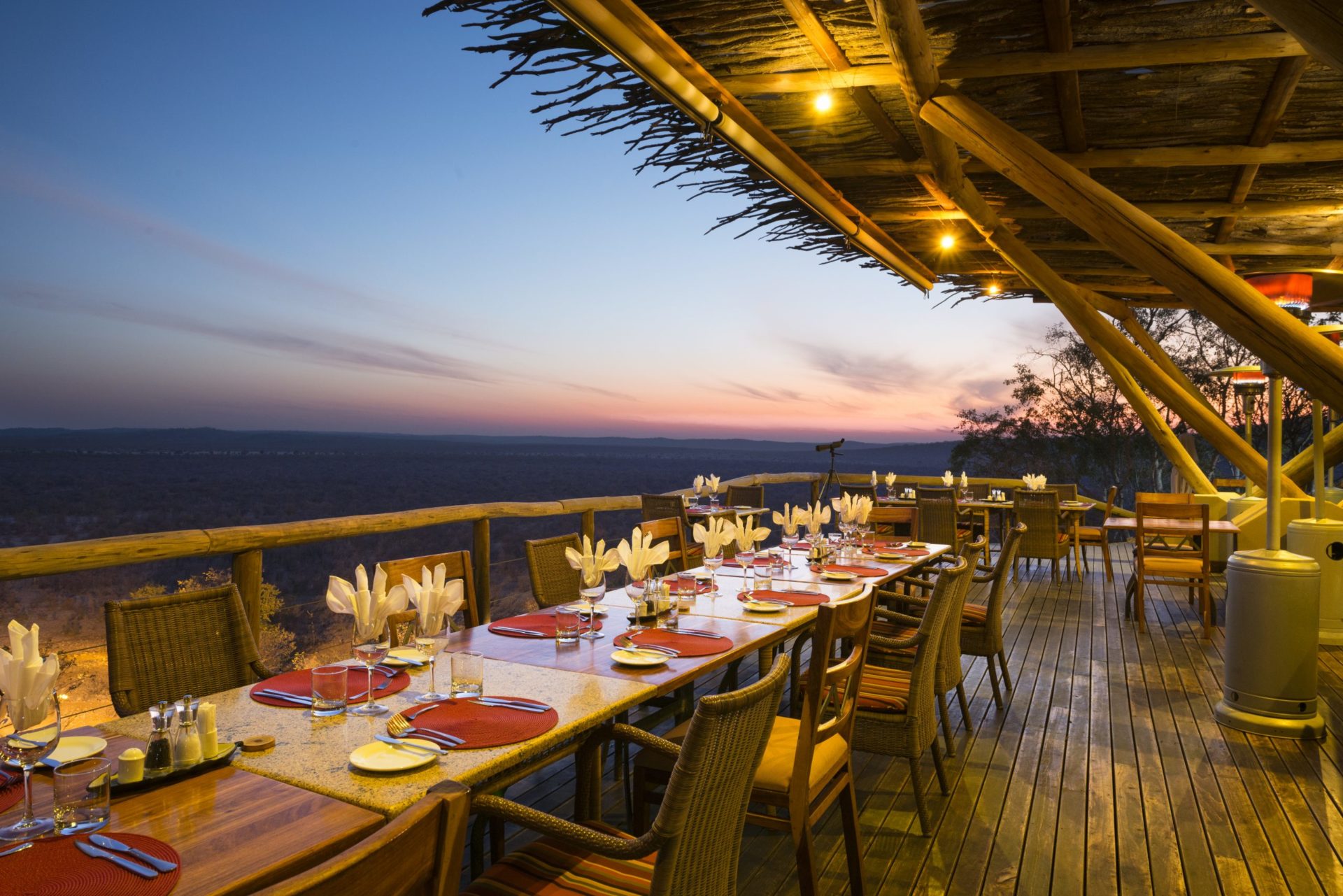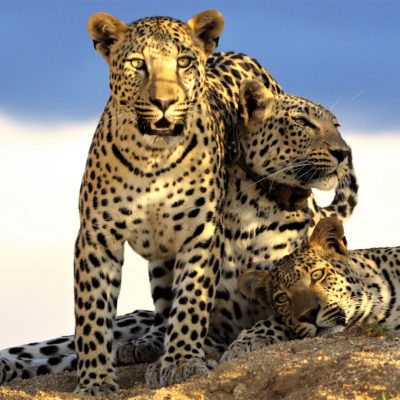Room Categories
This camp can accommodate 28 guests and 2 children plus 4 guide/pilot/tour leaders
sharing, subject to concession numbers and / or concession availability.
18 x units in total comprising:
- 13 x twin-bedded chalets each with two three quarter beds.
- 1 x family units- each unit consists of 2 bedrooms, each with two three quarter
beds, and their own bathroom and entrance, joined by a boardwalk
A total of 2 mattress converters are available that transforms twin beds into kingsize beds. To be arranged prior to arrival. There are 2 extra beds available for children/triples
Activities and Attractions
Etosha Pan
Etosha Pan is the result of a geological shift that dramatically changed the course of the
Kunene River. Its 5 000 km2 / 1 930 sq. miles (120 km / 75 miles across and 55 km / 34
miles from north to south) were formerly an ancient lake. Today the Pan is mostly bone
dry, the stark, parched white surface giving the Pan its Herero name, “Great White Place.”
The edges of the Pan give way to a surprising variety of vegetation types: from woodland
and broad swathes of mopane, to open acacia-strewn plains and grasslands. Fringing the
Pan are a number of productive waterholes that sustain the high density of large mammal
fauna, from elephant and lion to vast herds of springbok, wildebeest, zebra, giraffe and
gemsbok.
Ongava Game Reserve
On the southern boundary of Etosha National Park and forming a buffer to the Park lies
Ongava Game Reserve, a 30 000-hectare (74 129-acre) private reserve. It is a haven to
large concentrations of wildlife: notably lion, wildebeest, springbok, gemsbok, Hartmann’s
mountain zebra, red hartebeest, giraffe, eland and the largest population of the endemic
black-faced impala outside of Etosha. The Reserve is also known for the successful
reintroduction of white and black rhino. Ongava also provides easy access to the prime
game viewing areas of central Etosha, Namibia’s flagship national park.
Game Viewing
Guests at Ongava Game Reserve have the opportunity to view game both on Ongava and in neighbouring Etosha National Park. Large herds of plains game concentrate around the waterholes in the dry season, making for exciting wildlife viewing. Most general wildlife species are present on Ongava Reserve as well as within Etosha, including springbok, gemsbok, wildebeest, Burchell’s zebra, Hartmann’s mountain zebra, waterbuck, red hartebeest, giraffe, eland and the endemic black-faced impala. Lion move between the Park and the reserve and both black and white rhino can be seen.
Birding
Birdlife is prolific on Ongava with 340 species including Ostrich, Kori Bustard, White-tailed Shrike, Short- toed Rock Thrush, Hartlaub’s Francolin, Rüppell’s Parrot and raptors, such as Greater Kestrel, in abundance. Local specials include Namaqua Sandgrouse, Doublebanded Courser, Yellow-bellied Eremomela, Spike-heeled Lark and Acacia Pied Barbet.
Activities & Attractions
If booked into camp on a Fully Inclusive (FI) rate basis, the following scheduled camp
activities are included in the rate:
- Day and night game drives on Ongava Game Reserve in 4 x 10-seater open 4×4
Land Cruiser. Each Land Cruiser accommodates a maximum of 7 guests allowing
each guest to have an outside seat
- Half and full day excursions into Etosha National Park (subject to availability of
vehicles)
- Guided nature walks on the Ongava Game Reserve (seasonal & subject to
qualified walking guide being available)
- White rhino can be approached on foot, guest minimum age 16 years (seasonal &
subject to the availability of a qualified walking guide)
- Private activities available on request (subject to availability and additional cost
applicable)
- Stargazing
- Hide for viewing and photography at waterhole
Hot water bottles (during winter and on early morning game drives only) and lined ponchos are provided on game drives.


